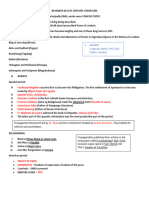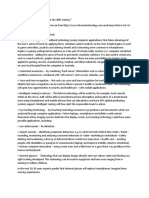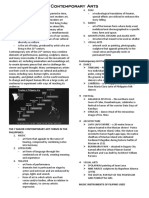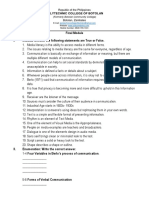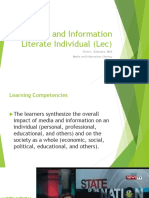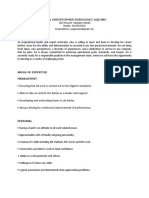0% found this document useful (0 votes)
99 views105 pagesModule 3 4
This document provides an introduction to digital age and technology trends. It discusses how computers have become essential in modern life and defines digitization as embracing technologies to improve organizations. It also outlines some key technology trends like data infrastructure, artificial intelligence, internet of things, blockchain, 5G, and satellites. The document examines the impact of technology on culture by changing values, norms, and practices. It explores both positive and negative effects of technology on human interaction, such as faster communication but also less intimacy and social skills as interactions increasingly move online.
Uploaded by
Kieth MendozaCopyright
© © All Rights Reserved
We take content rights seriously. If you suspect this is your content, claim it here.
Available Formats
Download as PPTX, PDF, TXT or read online on Scribd
0% found this document useful (0 votes)
99 views105 pagesModule 3 4
This document provides an introduction to digital age and technology trends. It discusses how computers have become essential in modern life and defines digitization as embracing technologies to improve organizations. It also outlines some key technology trends like data infrastructure, artificial intelligence, internet of things, blockchain, 5G, and satellites. The document examines the impact of technology on culture by changing values, norms, and practices. It explores both positive and negative effects of technology on human interaction, such as faster communication but also less intimacy and social skills as interactions increasingly move online.
Uploaded by
Kieth MendozaCopyright
© © All Rights Reserved
We take content rights seriously. If you suspect this is your content, claim it here.
Available Formats
Download as PPTX, PDF, TXT or read online on Scribd
/ 105

